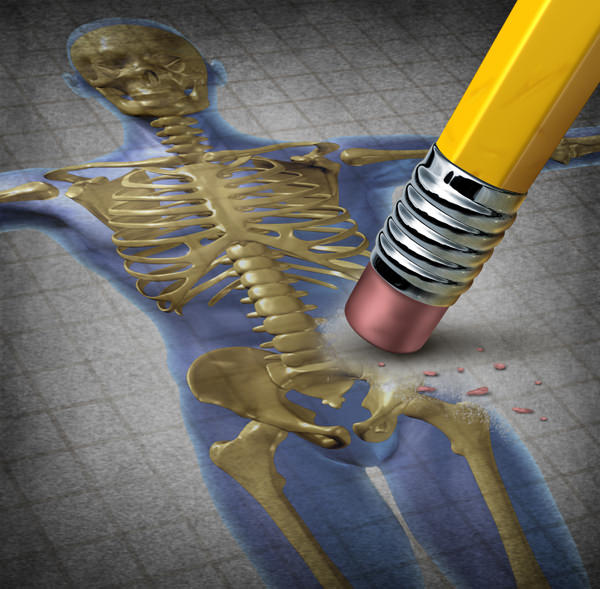“We fight a war against gravity our entire lives, it pulling us down, us attempting to stand tall.”
Those are the wise words of nutritionist Deb Burchardt, M.S., R.D, L.D. as we discussed the issue of shrinking with age. It’s not simply an “old lady” condition, it’s a very serious symptom of a very serious issue.
Burchardt explained in more detail that shrinking is a direct symptom of osteoporosis. The shrinking comes as one’s height is affected due to the compression of the spine. The spine is compressed due to the bones not being strong enough to stop it any longer.
So, the easy fix seems to be make bones stronger, right? Burchardt explained that it’s not always that easy. There’s no magic, quick fix, and some of the issues may have nothing to do with the individual as much as it may have to do with their mother, or even their grandmother.
“In nutrition science we know that cumulative effect can tell us a great deal about the consequences of what people choose to put into their mouth,” said Burchardt. She continued, “In fact, the newest research is demonstrating that cumulative effect of nutritional status and food choices is multi-generational. You are impacted by what your mother ate and your grandmother ate.”
And how does the food we eat affect the inches on a growth chart as we age? As Burchart continued she explained how good foundations are built for adults if they go through childhood and adolescence with good diets and good exercise patterns. The habits help build stronger bones. As adults we can continue to impact our bone health by lifestyle choices, too. However, if bad habits were passed down, bad habits will more than likely continue – the “cumulative effect.” A weak foundation is only going to make things worse, as age brings on a new set of battles for our bones.
If you take the good habits from your mother, through childhood, through adulthood, and finally to old age, you’re ready to take on the natural bone mass loss that will occur in us all. However, if mom ate poorly, you ate poorly, and you never exercised, old age will greet you with a crumbling foundation.
“Aging impacts bone mass because a variety of realities often converge,” said Burchardt. “We move less, eat less, and have less hormones circulating in our blood stream.” Burchart continued, “Then, the progression of osteoporosis becomes dependent on how healthy your bones were to begin with, and what you are doing to slow down the process.”
In a nutshell, your best defense is a good offense. And even if your foundation wasn’t built out of the best habits, there are always things you can to do fight this battle against bone loss and gravity. Burchardt explains that weight bearing exercise is “phenomenally” important. Bone is a living tissue just like muscle – it responds to exercise by getting stronger. In addition to exercise, diet plays a huge role in bone health. Calcium is key. Those ads to get kids to drink milk weren’t just to sell a product, they were to keep older patients out of the hospital for broken hips.
Burchardt explains that the new evidence from calcium supplement research isn’t very encouraging, some will see a benefit of taking a supplement pill, but the best source is food. We all know dairy is a great source, but deep leafy greens like kale, collard greens, or even seaweed are great sources of calcium, too. Soy milk or tofu pack a calcium punch, too, as do fish like salmon or even sardines.
There’s no way to reverse bone loss, one can only try to slow the progress with diet and exercise. This frustrating condition is as Burchart puts it, “one more consequence of human choice.” She states, “pursue a healthy lifestyle as consistently and passionately as possible and you will be healthier and age healthier.”
Also Read:
The Anti-Arthritis Diet and the Healing Power of Food

